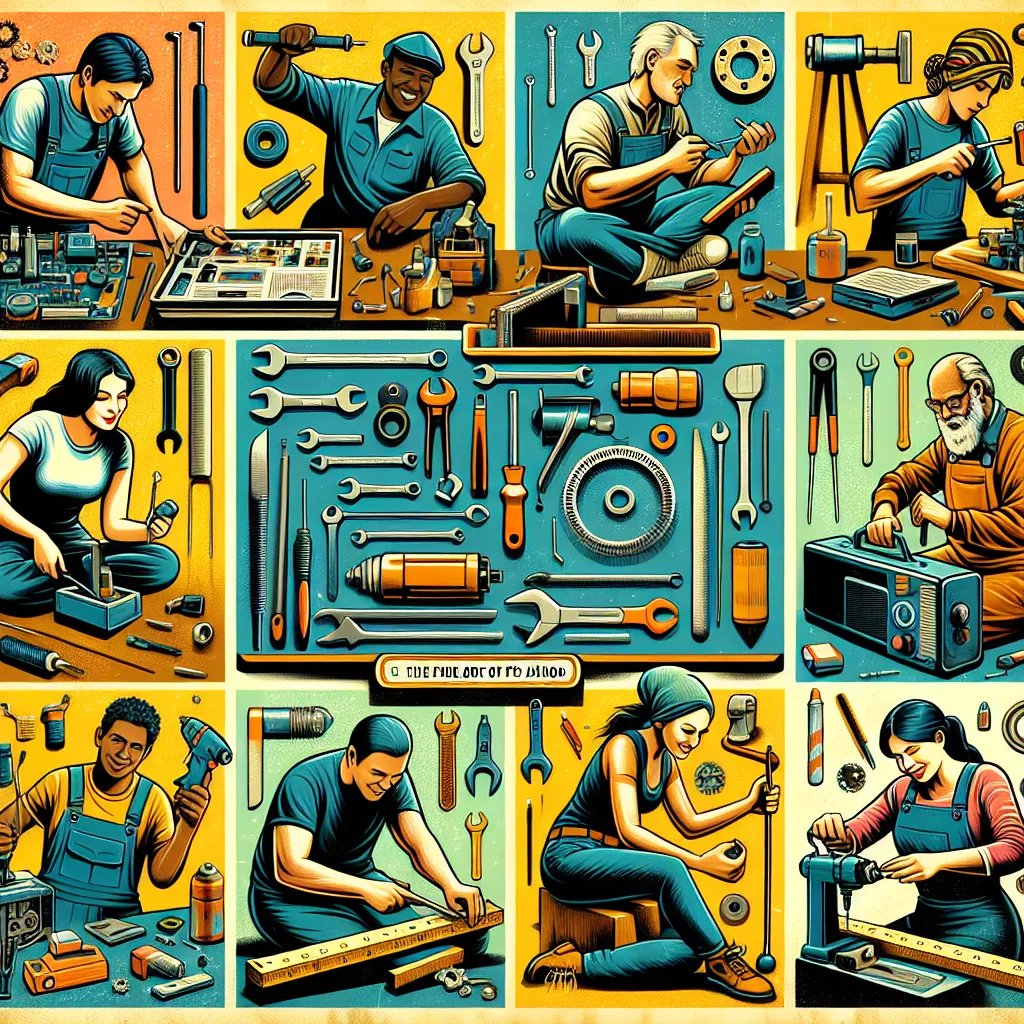The following compilation of advanced repair techniques is curated to empower you, enabling you to tackle any repair issue with a professional touch.
Technique 1: Epoxy Injection for Crack Repair
When dealing with minor cracks in concrete structures, the epoxy injection technique can be highly effective. It involves injecting epoxy resin into the crack, which then hardens to create a firm, durable bond. Remember to clean the crack thoroughly before the injection and seal it properly afterward. This technique not only fixes the visible damage but also strengthens the structure, preventing future cracks.
Technique 2: Stitch Drilling for Precise Demolition
Stitch drilling is a technique used to create large openings in concrete or masonry without causing structural damage to the surrounding areas. By drilling a series of overlapping holes, you can remove a precise section of material. This technique is perfect for professionals and DIY enthusiasts looking to undertake precise demolition work without the need for heavy machinery.
Technique 3: Hot Welding for Plastic Repairs
Hot welding is an excellent technique for repairing cracks and breaks in plastic materials. It involves using a specialized welding gun and welding rod made of the same material as the piece being repaired. The heating element in the gun melts the rod and the cracked area, fusing them together for a robust repair.
Technique 4: Patching with Hydraulic Cement for Water Leaks
Hydraulic cement is a type of cement that sets and hardens quickly when combined with water. It's the perfect solution for patching water leaks in concrete and masonry structures. Hydraulic cement expands as it cures, filling in gaps and ensuring a watertight seal. Remember to dampen the area before applying the cement and press firmly to ensure a solid bonding.
Technique 5: Soldering for Metal Joint Repairs
Soldering is a vital skill for anyone working with metal, especially in plumbing and electronics. It involves melting a filler material (solder) to join pieces of metal together. The key to a good solder joint is cleanliness. Always ensure the metals are free from oxidation and apply flux before soldering for the best result.
Conclusion
Mastering these advanced repair techniques can set you apart in your craft, whether you're a professional builder or a DIY enthusiast. Remember, the essence of successful repair lies in understanding the material you're working with, choosing the right technique, and executing it with precision. Keep practicing, stay curious, and never stop learning.
